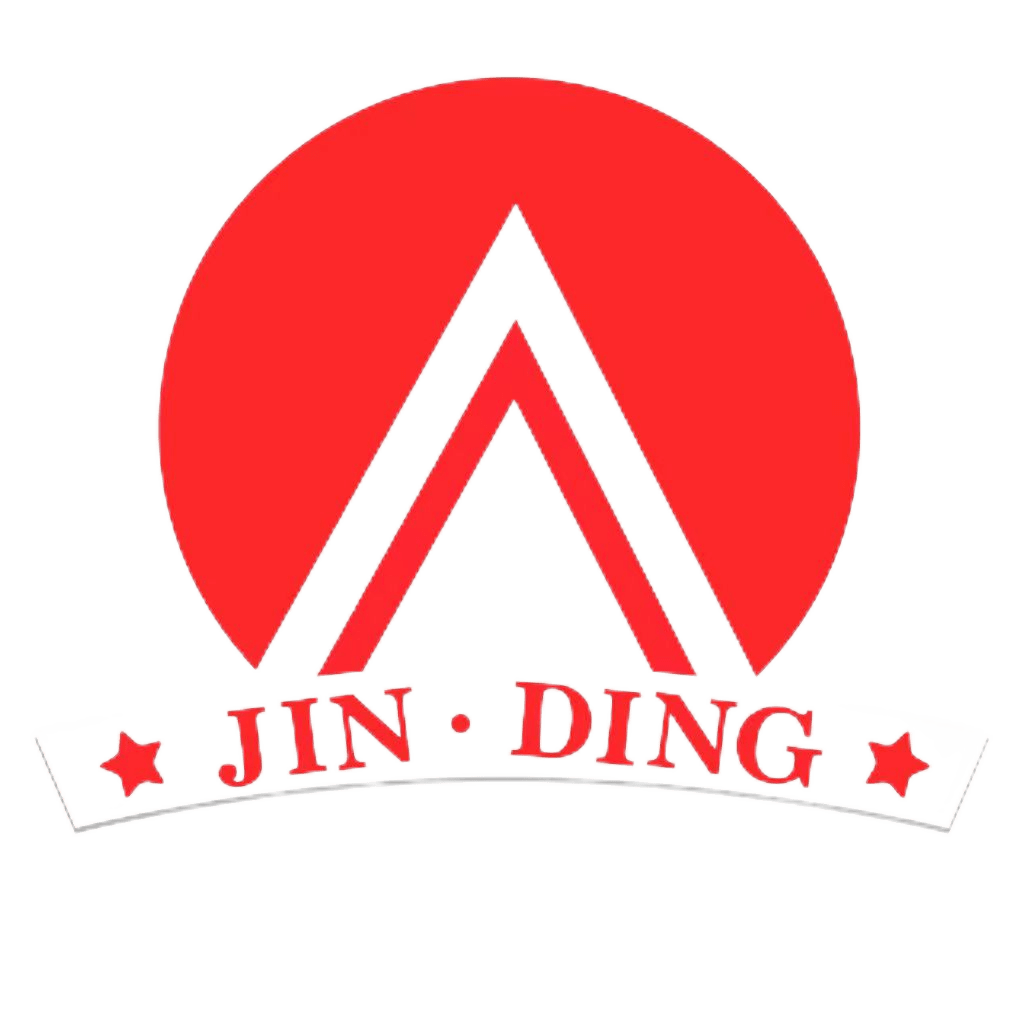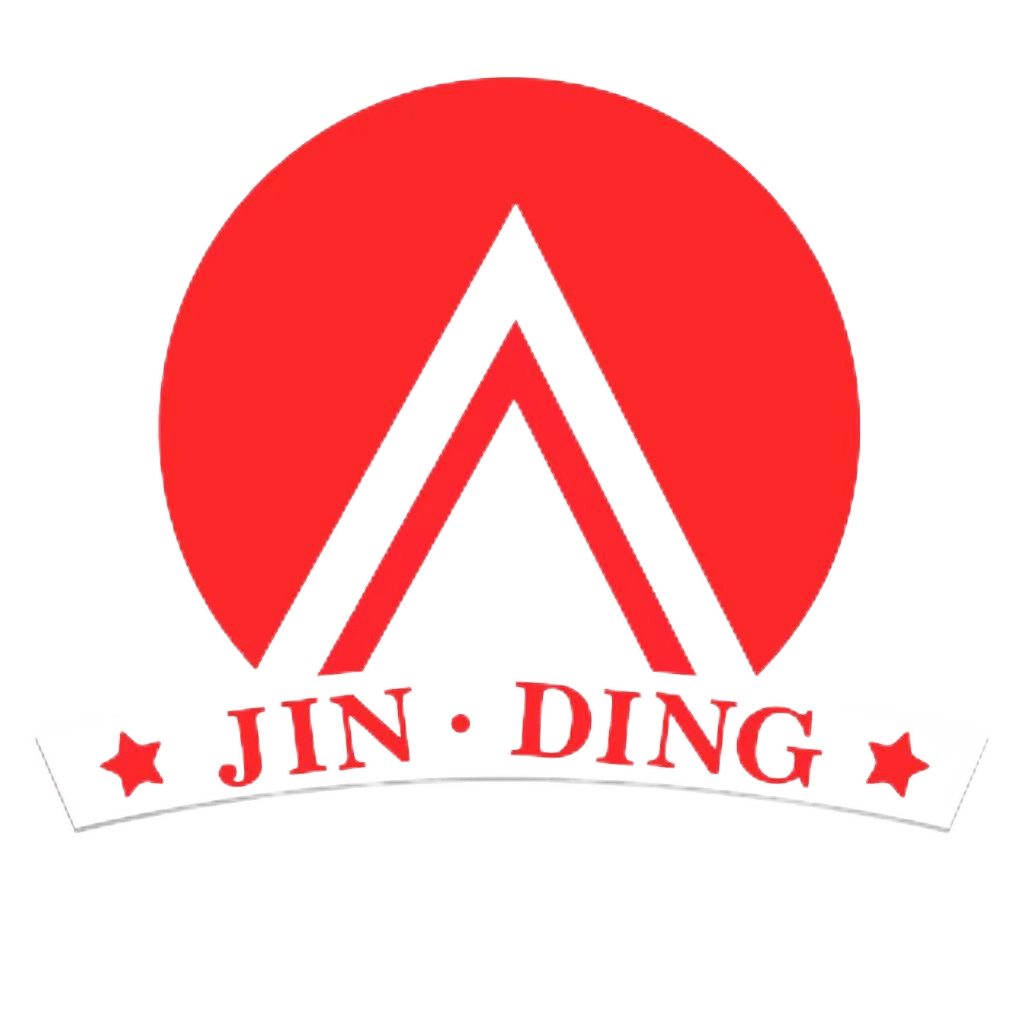Die rings are key components of feed pellet machines, and they directly impact pellet quality. For feed producers, it is imperative to understand the ring properties, make the right choice, use the die appropriately, and maintain it effectively.
1. Ring die raw materials
A ring die is usually made from carbon (alloy) steel or stainless steel material through forging, cutting, drilling, heat treatment, etc. Ring die material and processing procedures have a direct impact on the service life, granulation quality and yield of the die.
It is mainly carbon steel, alloy steel, and stainless steel that are used for ring dies. Jinding machinery uses more stainless steel materials such as 4Cr13, which is the German brand X36Cr13. Such materials made of ring die have a higher stiffness and toughness, a harder surface after heat treatment than HRC50, and a long service life.
2. Ring Die Hole Structure
There are four main types of discharge holes in ring dies: straight holes, stepped holes, outer conical holes, and inner conical holes. In stepped holes, there are release step holes (also called decompression holes or release holes) and compression step holes. Different die hole forms are suitable for different feed raw materials or feed formulas.
Ring die hole design with the release step hole: This is the most common ring die hole design. In order to ensure an even distribution of particle pellets and reduce discharge resistance in the outer ring die hole, the outer die hole will be drilled more deeply than the middle row hole.
Die hole arrangement: Traditional die holes can be arranged into a neat array or a dislocation arrangement of two ways, but from the actual use of the situation, the dislocation arrangement works better, it can assure raw materials come in more evenly. Dislocation arrangements can be divided into isosceles triangle holes and equilateral triangle holes based on their cross angles.
Open ratio : As the ring die drilling is typically arranged in a circumferential direction, holes between rows are interlaced in the width direction, so that the entire drilled hole is approximately equilateral triangle shaped. In this case, knowing that d represents the diameter of the small hole, a represents the wall thickness between the small hole and the small hole, and a represents the opening ratio of the ring die, it is not difficult to calculate 0.9d2/ (d+a) 2.
3. Ring Die Compression Ratio
Compression ratio of the ring die hole: The ring-die compression ratio indicates the strength of the pellet feed's extrusion when the effective diameter of the ring die hole is compared to the minimum diameter of the ring die hole.
In general, the larger the compression ratio, the stronger the pellet feed that is extruded. A ring die's effective length is its total thickness, and its minimum diameter is its diameter.
For the release step hole and the outer conical hole, the effective length of the die hole is the total thickness of the ring die less the length of the release hole or the length of the outer cone hole, and the aperture of the small diameter section is used to calculate compression ratios.
For the compression step hole and the inner cone hole, this situation is more special, generally the thickness of the whole ring die as the effective length of the hole, the minimum diameter of the small diameter section of the aperture, and the meaning of the compression ratio calculated this way and the first two cases are obviously different.
Roughness: Roughness is another important metric for measuring ring die quality. In the same compression ratio, the greater the roughness value, the greater the feed extrusion resistance, the more difficult it is to discharge, too high a roughness also affects particle surface quality. It is recommended to have a roughness value between Ra0.8 and Ra1.6.


